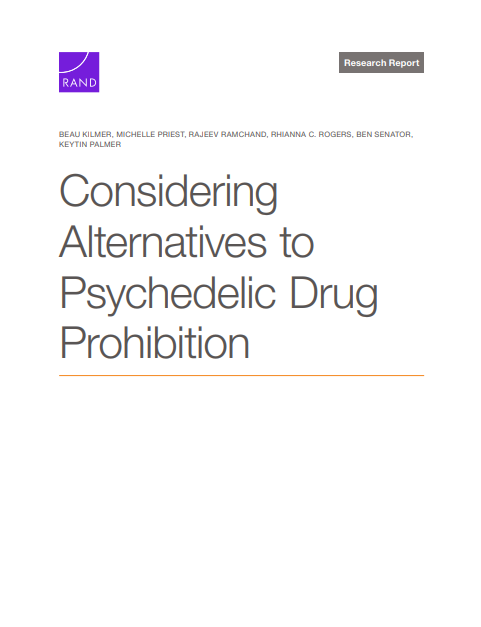By Heather Harris, Brandon Martin, and Sean Cremin
In 2005, the California Department of Corrections and Rehabilitation (CDCR) was given a rehabilitative mission, which included providing programs to reduce recidivism by addressing the needs of imprisoned people. This report examines how effectively the agency has delivered on this mission by describing the education, employment, and rehabilitative programs available to people released from prison between 2015 and 2019, assessing program participation, and mapping underlying trends in recidivism outcomes. Based on information that has not been available before, we offer context for the role of prison programs in people’s lives by describing pathways into prison, investigating factors that affect program participation, and setting the stage to trace post-prison pathways. Each of these elements highlights aspects of people’s lives before, during, and after prison that determine which programs are available to and appropriate for them. Introduction After the California Department of Corrections was rebranded the California Department of Corrections and Rehabilitation (CDCR) in 2005, a panel of experts was convened in 2006 to help CDCR realize its new rehabilitative mission. The panel recommended expanding program offerings and targeting programs to those with assessed need, with the aim of reducing recidivism by building social, job, and educational skills. Ten years later, two oversight agencies questioned whether CDCR had achieved these aims. The Legislative Analyst’s Office (LAO) and the state auditor found that people who needed in-prison programs often did not receive them. Even when they did, the programs did not achieve their aims, which include building life skills, changing during- and post-prison behavior, and reducing reoffending (Taylor 2017; Howle 2019). Both agencies recommended an independent evaluation of prison programs, which CDCR enlisted PPIC to conduct. About 1 in 1000 people living in California in any year were released from prison during that year; 64 percent of over 37,000 people released in 2019 had participated in at least one prison program. People entered prison with significant needs that reflect their pathways into prison. On average, people read at the eighth-grade level and had sixth-grade math skills. Over two-thirds needed substance use disorder treatment. More than four in ten needed cognitive behavior interventions and employment programs. Program capacity expanded dramatically between 2015 and 2019. Participation rates increased across all program areas—doubling or tripling for some—but remained below an ambitious goal of 70 percent. Programs faced challenges with accurate targeting. At most, 43 percent of people who initially tested into an education program and 21 percent of people with an assessed substance use need participated. Recidivism rates are lower than before these reforms but remain high. Over half of those with prior prison histories and 43 percent of first-timers were rearrested for felonies. Likewise, 28 percent and 21 percent, respectively, were reconvicted for felonies within two years. Though we do not attempt to connect recidivism to program participation, stubbornly high recidivism rates indicate the need to enhance prison programs to improve reentry pathways.
San Francisco: Public Policy Institute of California, 2024. 49p.





















